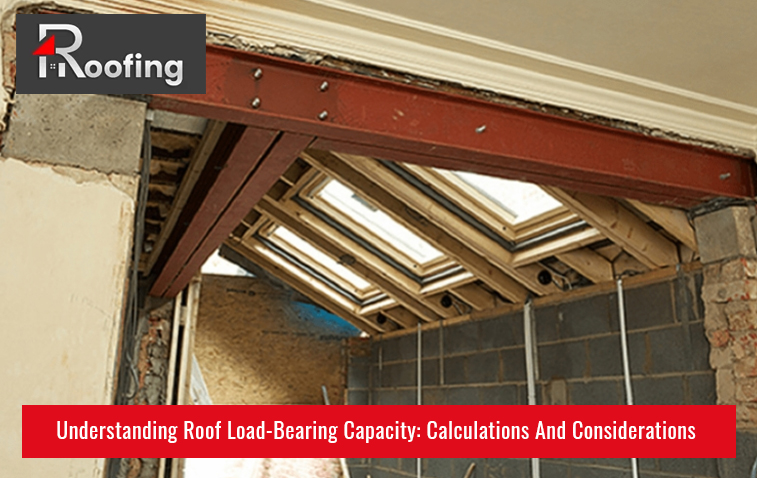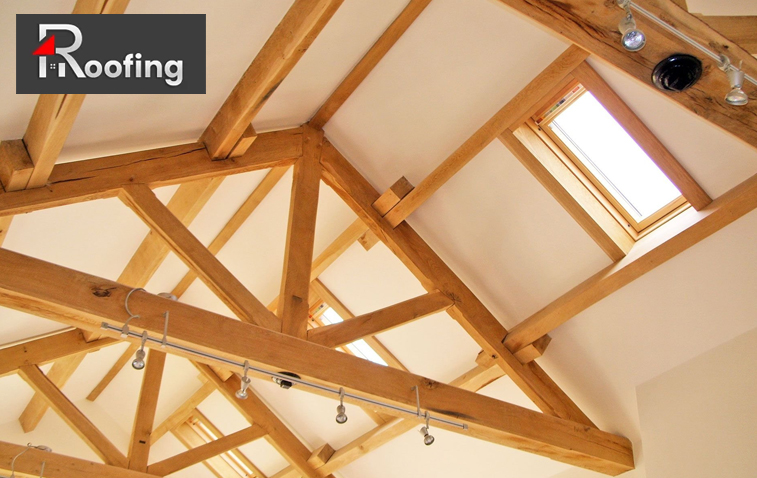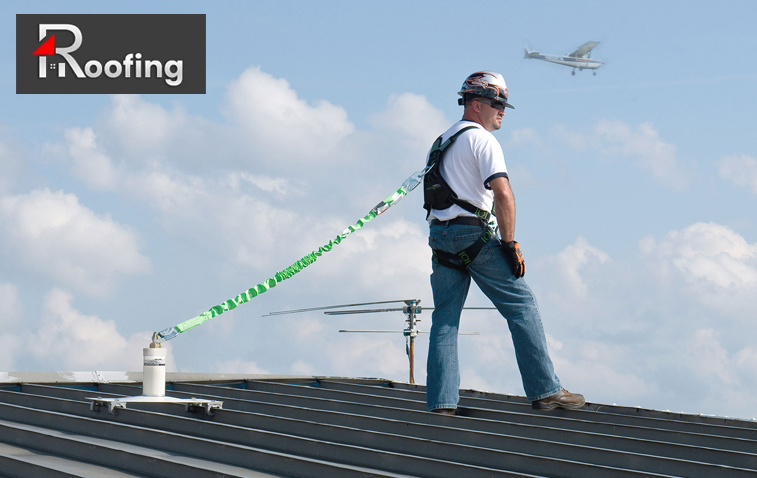When it comes to constructing or renovating a building, one thing that you need to take care of is the roof’s load-bearing capacity. This refers to the maximum weight a roof can safely support without risk of collapse or structural damage. Understanding and accurately calculating this capacity is essential for ensuring the safety and longevity of any structure. This comprehensive guide delves into the calculations and considerations necessary for understanding roof load-bearing capacity.

Roofs encounter various types of loads, each contributing to the overall weight the structure must support. We typically categorize these loads as dead loads, live loads, snow loads, wind loads, and seismic loads.
Dead loads refer to the permanent, static weight of the roof structure and materials. This includes:
Dead loads are relatively constant over the lifespan of the roof and are calculated based on the weight of the materials used.
Live loads are temporary or dynamic weights that the roof must support. These include:
Live loads vary and must be estimated based on expected usage and activities on the roof.
In regions with significant snowfall, snow loads are a critical consideration. Snow accumulation can add substantial weight to a roof, and the load must be calculated based on:
Wind loads refer to the forces exerted by wind pressure on the roof. These loads are influenced by:
Wind loads can create both uplift and lateral forces, requiring careful consideration in the design and reinforcement of the roof structure.
In earthquake-prone areas, seismic loads must be considered. These loads are generated by ground motion during an earthquake and can impact the roof’s structural integrity. Factors influencing seismic loads include:
Calculating the load-bearing capacity of a roof involves several steps and considerations. Here is a step-by-step guide to help you through the process:

First, measure the total area of the roof. This is usually expressed in square feet (ft2) and can be calculated by multiplying the length and width of the roof surface.
Identify the materials used in the roof construction and their respective weights. Common materials and their approximate weights per square foot include:
Sum the weights of all the materials to determine the total dead load per square foot.
Live loads are typically specified by building codes. For residential roofs, a common live load requirement is 20 lbs/ft2. For commercial roofs, it may be higher, depending on usage. Consider any additional live loads specific to your roof’s use.
Snow loads depend on your geographical location and local building codes. Use regional snow load data to determine the expected snow load for your area. This can range from 10 lbs/ft2 in mild climates to over 60 lbs/ft2 in areas with heavy snowfall.
Wind load calculations are complex and require considering various factors, including wind speed, building height, and roof shape. Building codes provide guidelines and formulas for calculating wind loads. Consulting with a structural engineer may be necessary for an accurate assessment.
Seismic load calculations are based on the building’s seismic zone classification and structural design. The building’s overall structural design typically addresses these loads and requires professional input.
Add the calculated dead loads, live loads, snow loads, wind loads, and seismic loads to determine the total load that the roof must support. This total load is expressed in pounds per square foot (lbs/ft2).
Compare the total load with the structural capacity of the roof. The structural capacity depends on the materials and design of the roof structure, including beams, trusses, and supports. Ensure that the total load does not exceed the structural capacity to maintain safety and integrity.

In some cases, it may be necessary to enhance the load-bearing capacity of a roof. This can be achieved through various methods:
Strengthening beams, trusses, and supports can increase the roof’s load-bearing capacity. This may involve adding additional supports, using stronger materials, or reinforcing existing elements with steel or other robust materials.
Opting for lightweight roofing materials can reduce the dead load on the roof. For example, metal panels or composite shingles weigh less than traditional clay or concrete tiles, easing the burden on the structure.
Proper insulation and ventilation can help manage the effects of snow and moisture, reducing the risk of overloading due to ice dams or water accumulation. Well-ventilated roofs are less likely to experience excessive snow buildup, as the heat from the attic can help melt and shed snow.
In snowy regions, snow guards and heat cables can prevent excessive snow accumulation and ice dams, mitigating the snow load on the roof. Snow guards hold snow in place, allowing it to melt gradually, while heat cables can melt snow and ice, facilitating runoff.
Regular roof maintenance and inspections can identify potential issues before they become significant problems. Addressing minor damages and ensuring the roof is in good condition helps maintain its load-bearing capacity.
Understanding and accurately calculating the load-bearing capacity of a roof is a fundamental aspect of building safety and maintenance. It involves considering various types of loads, from dead and live loads to snow, wind, and seismic loads. By following a systematic approach to these calculations and incorporating best practices, homeowners and builders can ensure that their roofs are safe, durable, and compliant with building codes.
If you are in doubt, consult professionals to gain peace of mind and ensure they thoroughly address all aspects of roof load-bearing capacity. Whether you are constructing a new roof, renovating an existing one, or adding new features, prioritizing load-bearing capacity will contribute to the longevity and safety of your building.
Steeper pitches typically have higher load-bearing capacity as they distribute weight more efficiently and shed snow and rain more easily. The angle allows for better structural support and reduces the risk of water pooling. However, very steep roofs may require additional bracing to withstand wind loads. The optimal pitch depends on local climate conditions and building codes.
Yes, solar panels add weight and wind resistance. A structural assessment is crucial before installation to ensure the roof can handle the additional load. The average solar panel system adds about 3-4 pounds per square foot to your roof. Wind uplift forces must also be considered, especially in areas prone to high winds or hurricanes. Proper mounting and distribution of panels can help mitigate stress on the roof structure.
Heavier materials like slate or clay tiles require stronger structural support compared to lighter options like asphalt shingles or metal roofing. For example, slate can weigh 800-1,500 pounds per square (100 square feet), while asphalt shingles typically weigh 200-400 pounds per square. The roof structure, including trusses and decking, must be designed to support the chosen material’s weight plus potential snow loads and other factors.
Proper insulation helps maintain consistent roof temperature, reducing thermal stress and potential weakening of structural elements over time. It prevents ice dam formation in cold climates, which can add significant weight to the roof edge. Good insulation also minimizes moisture accumulation in the attic space, which could otherwise lead to rot and structural deterioration. Ensuring proper ventilation along with insulation is key to maintaining the roof’s structural integrity.

12 Roofing
12 Roofing brings together seasoned roofers and contractors to provide premier roofing solutions. Explore our comprehensive services and experience the exceptional quality and professionalism we offer.
Tile roofing is a classic choice for Burbank homeowners seeking […]
Have you ever imagined a roof that doesn’t just protect […]
Rain gutters plus are required in ensuring that water does […]
Speak with our in-house experts in residential roofing services for new ideas!
Copyright © 12 Roofing - 2025. All Rights Reserved.
